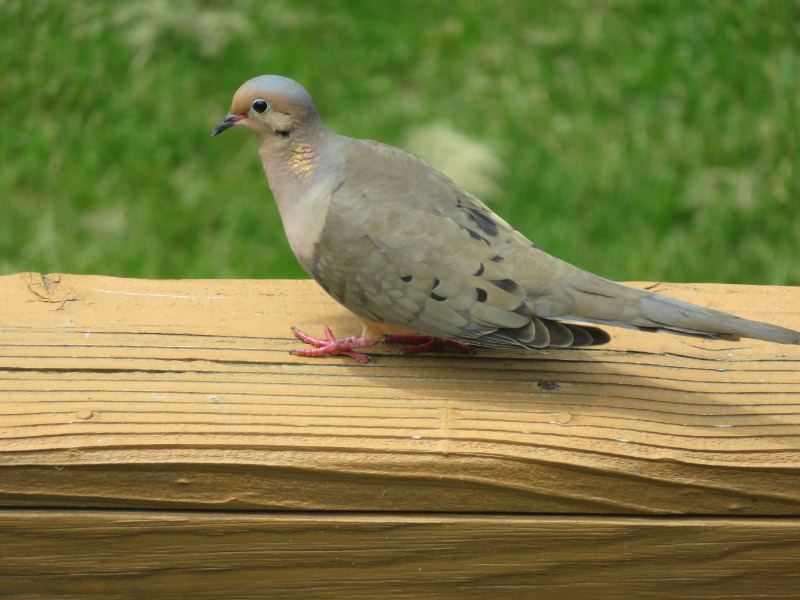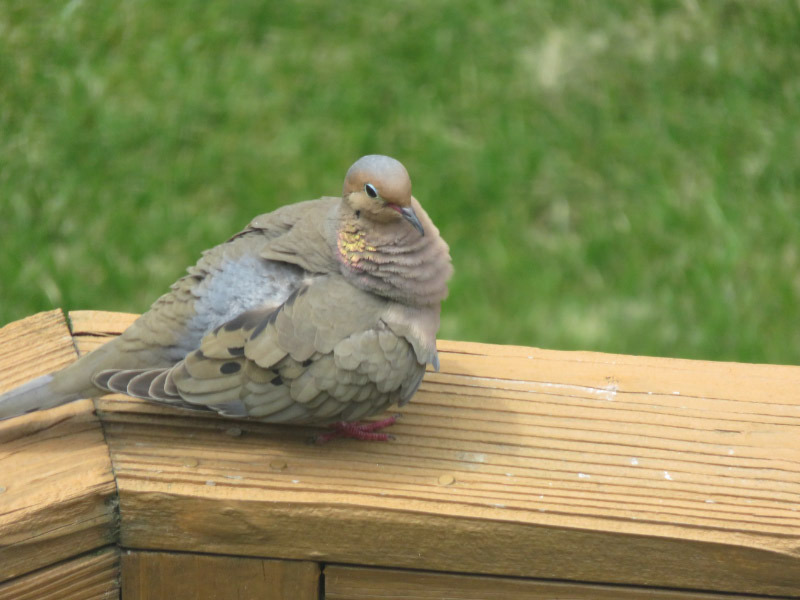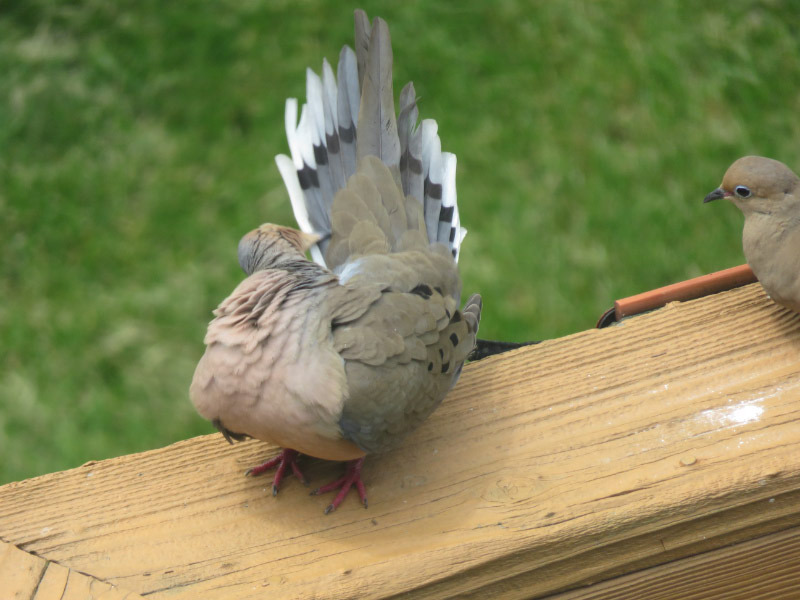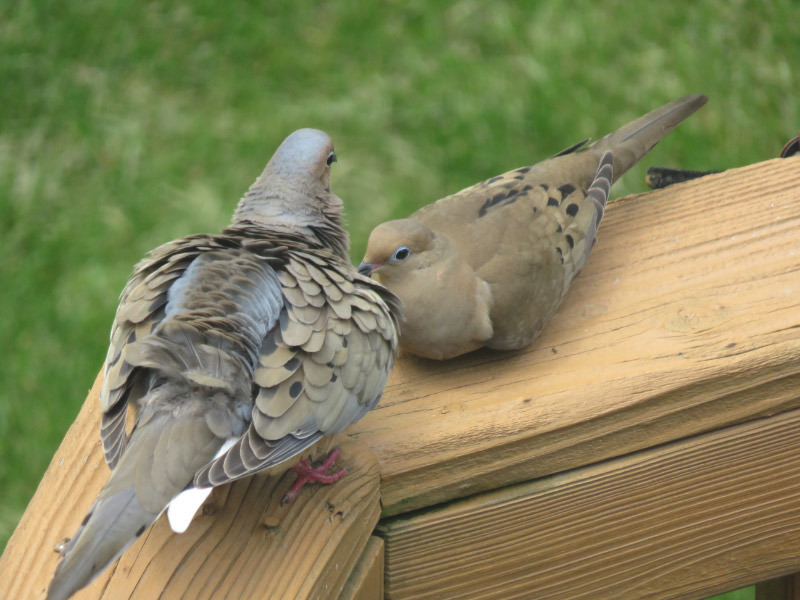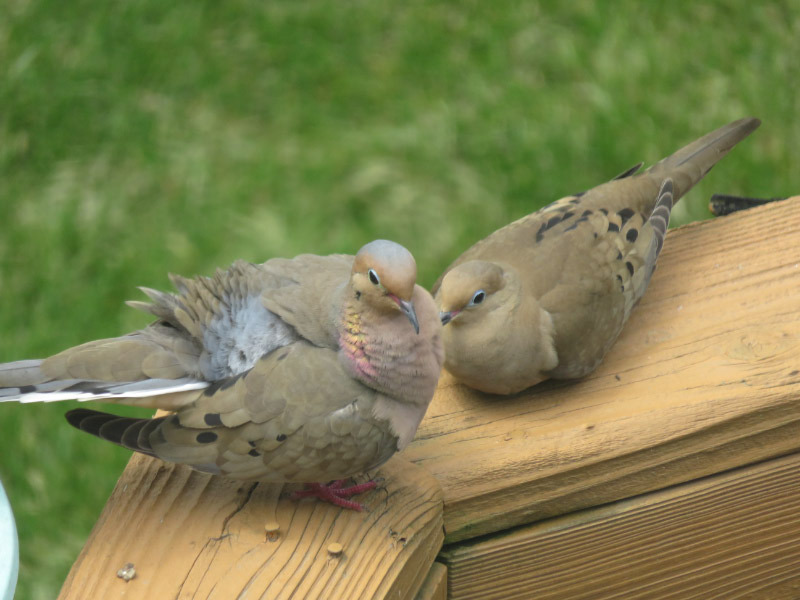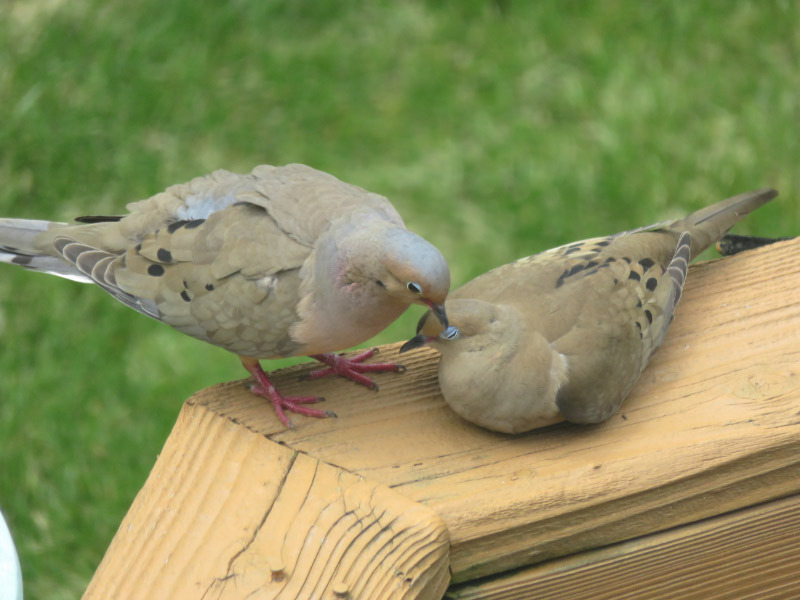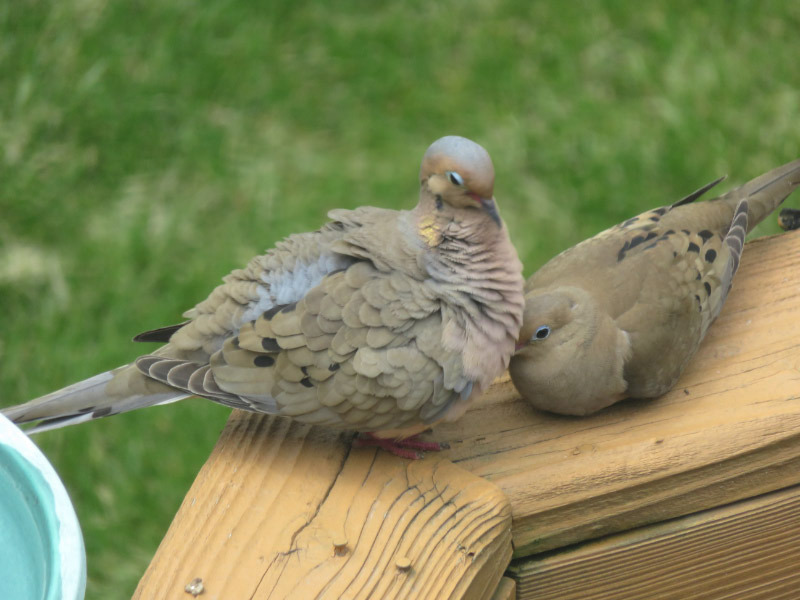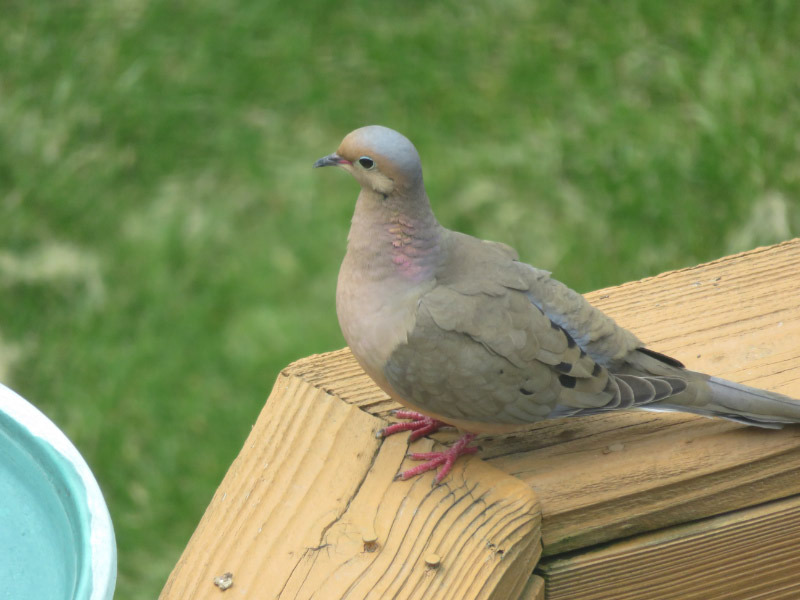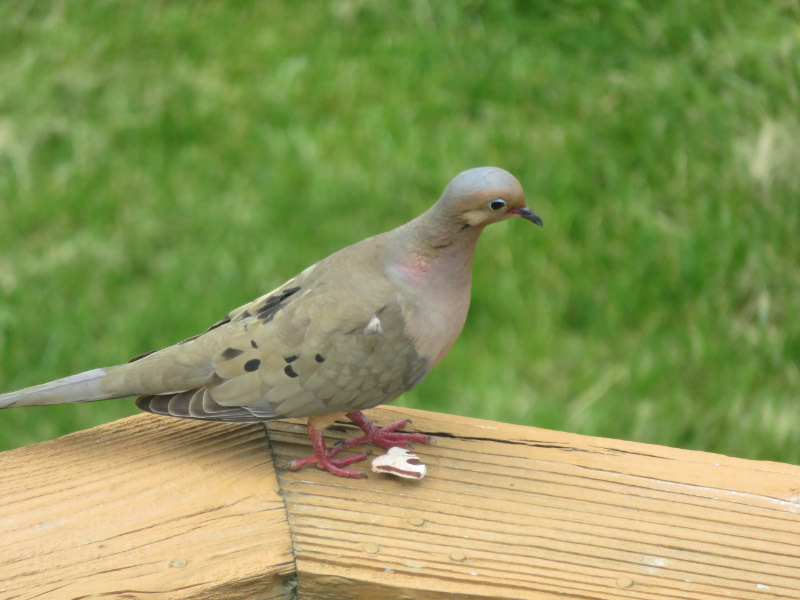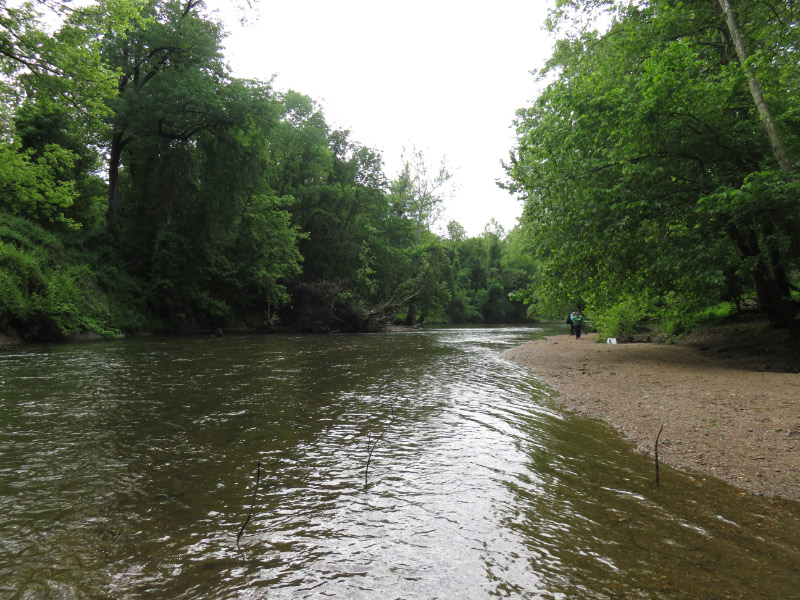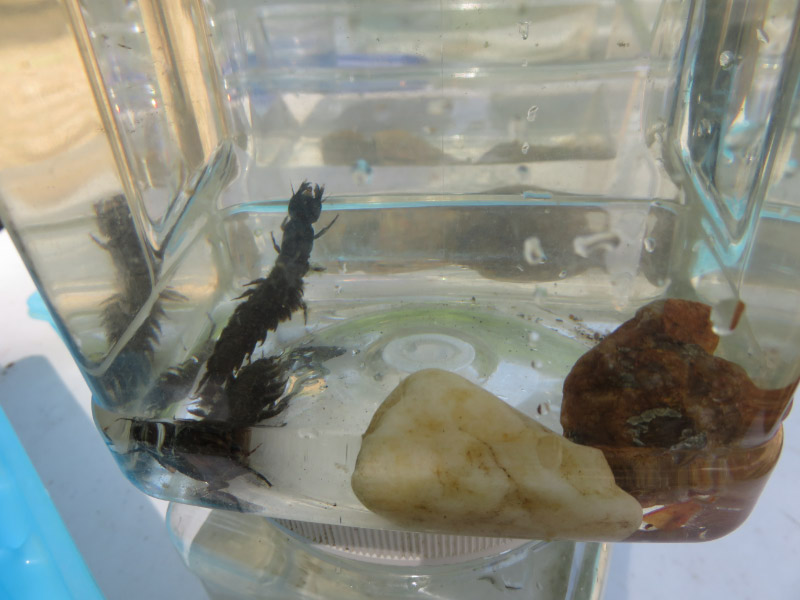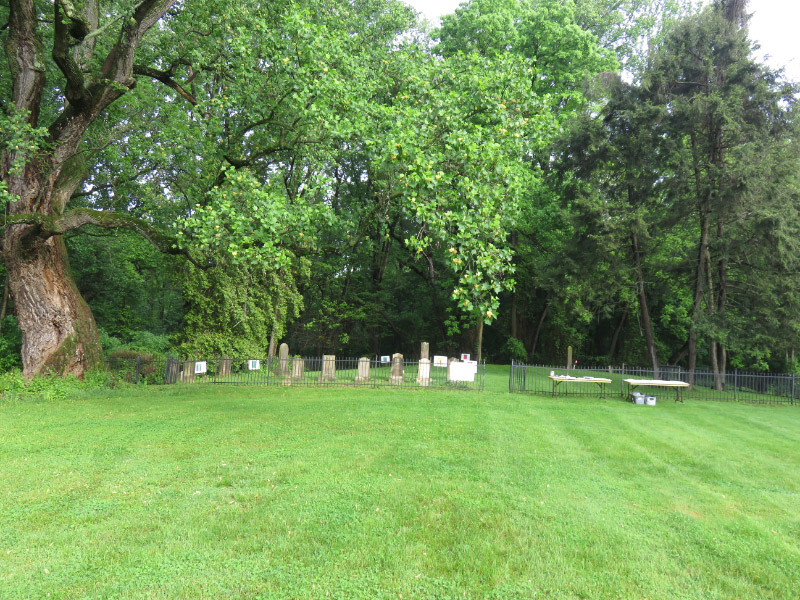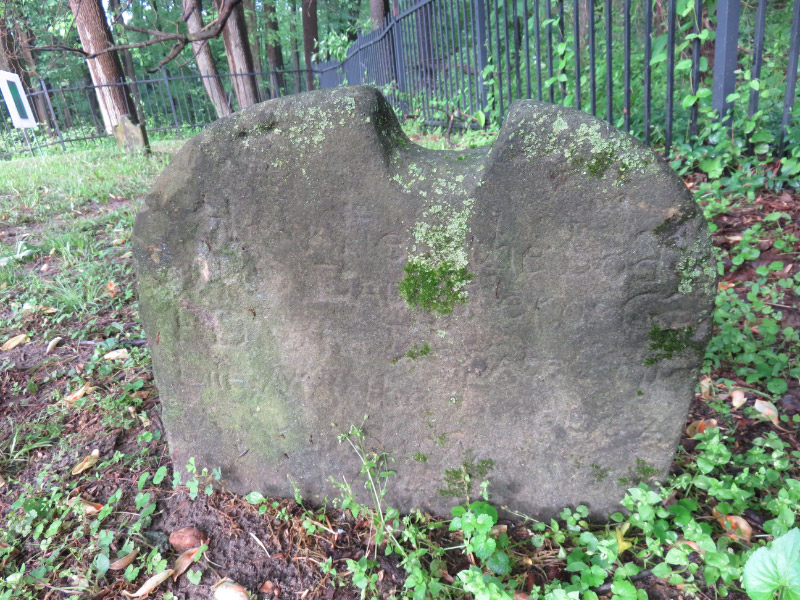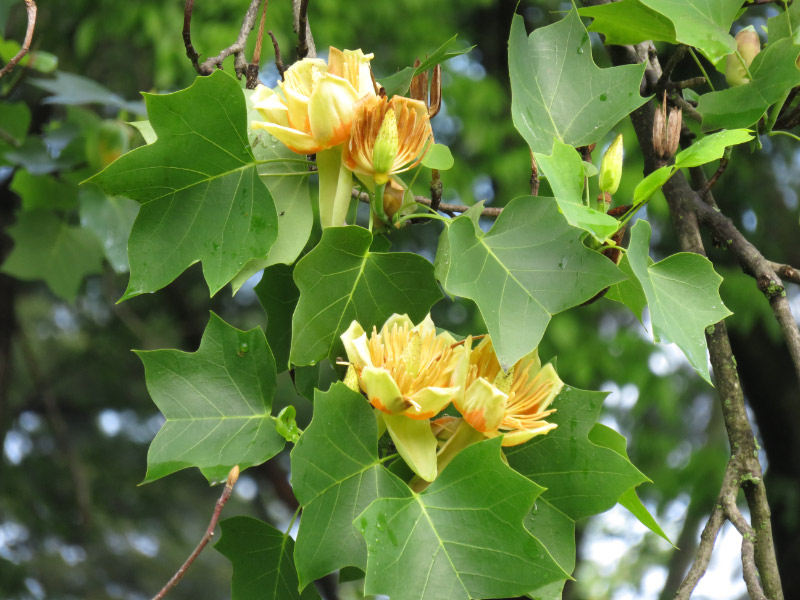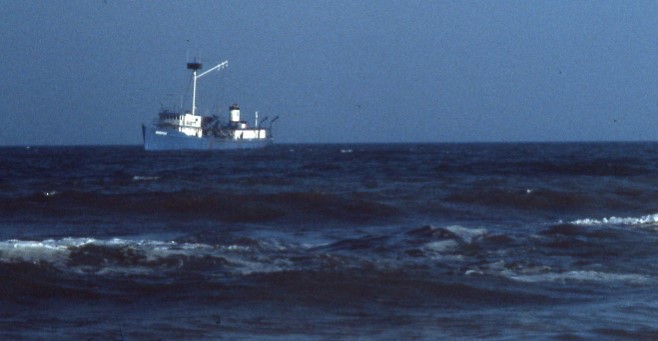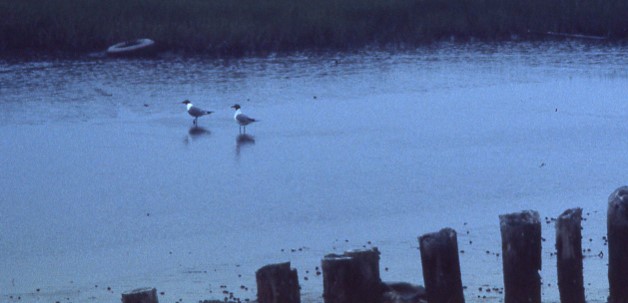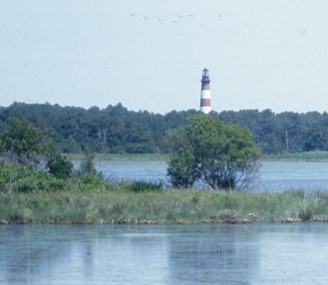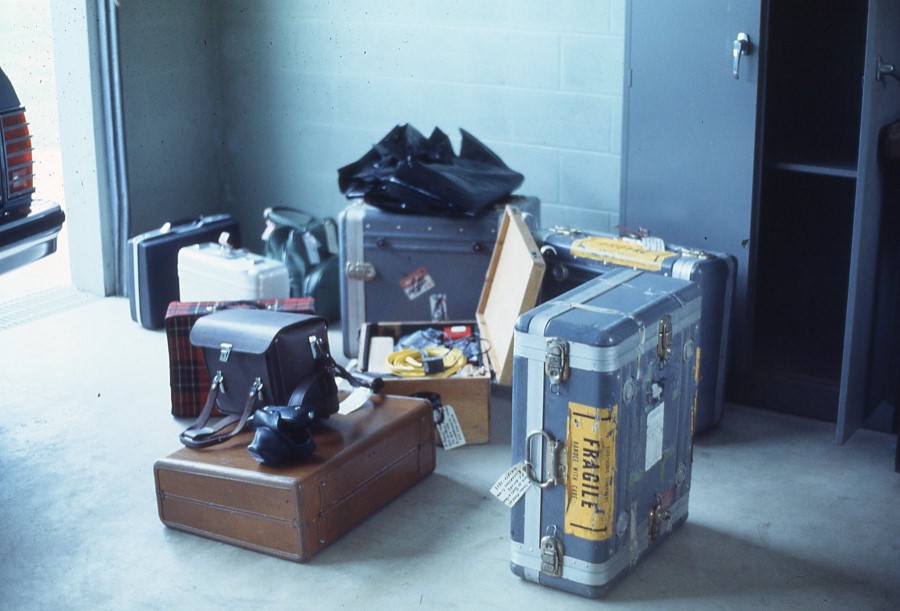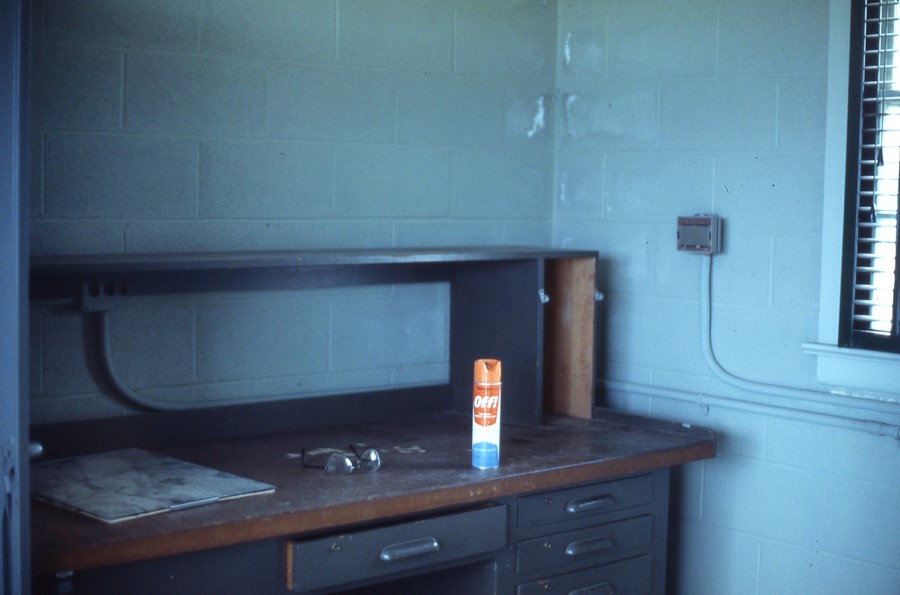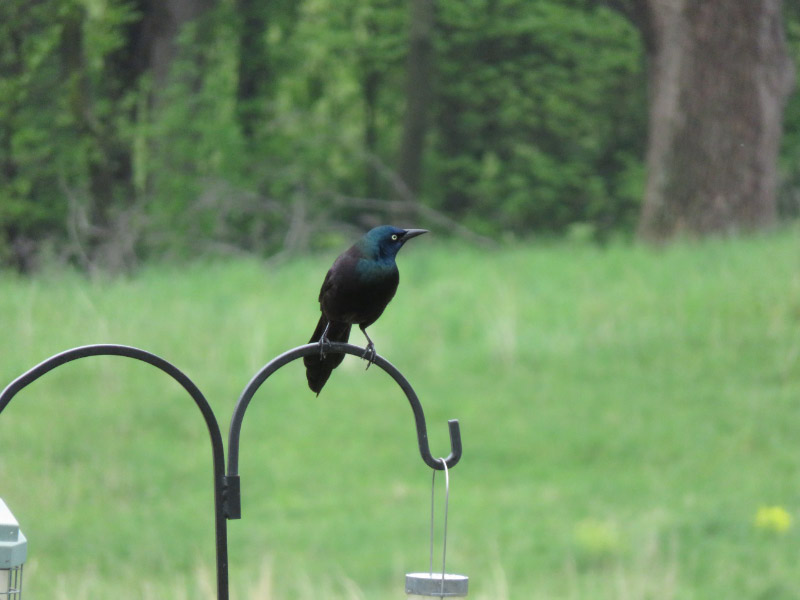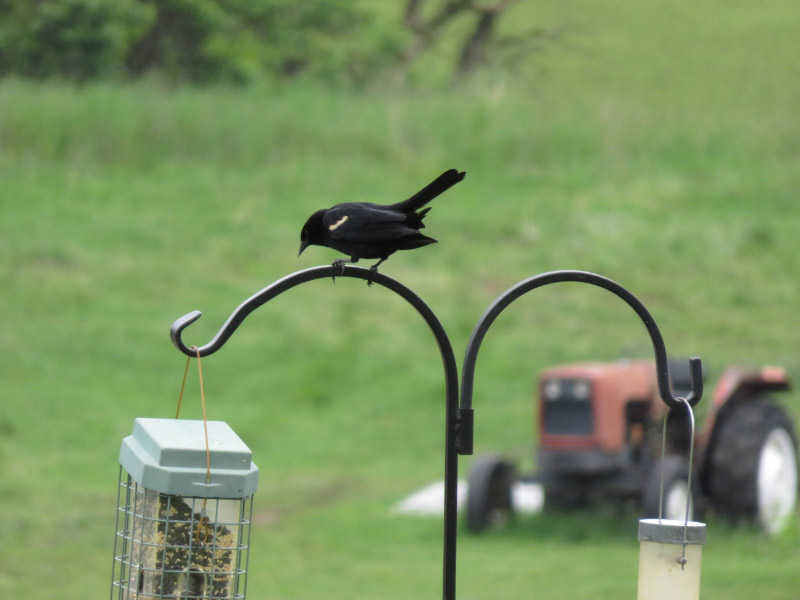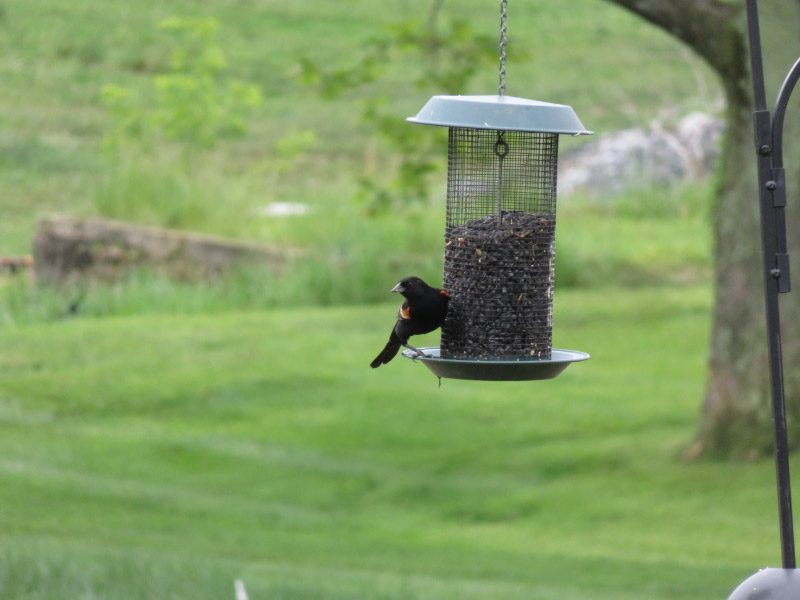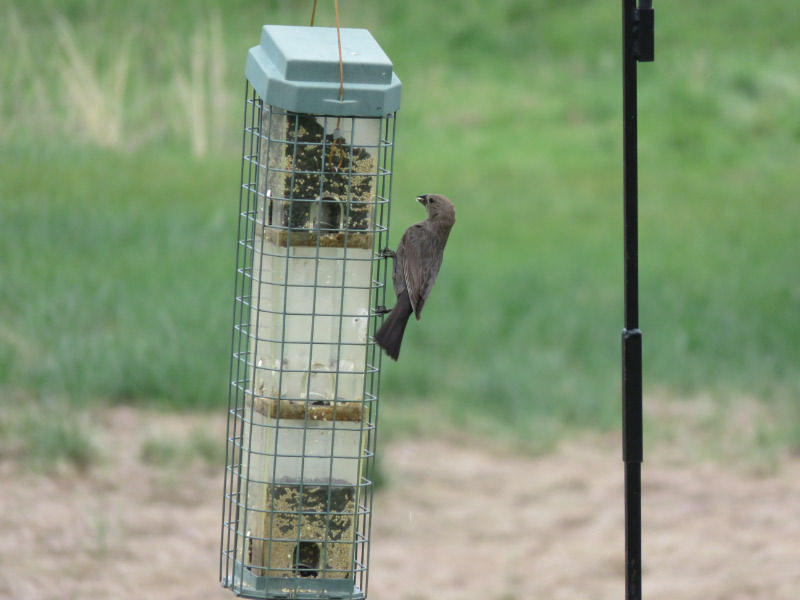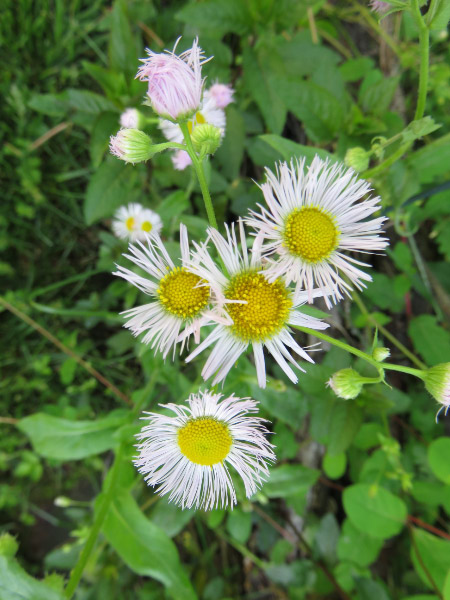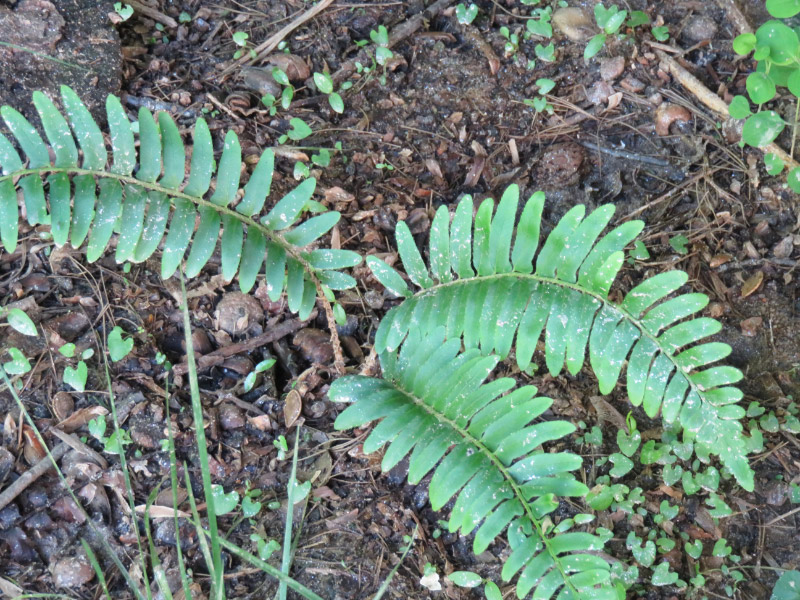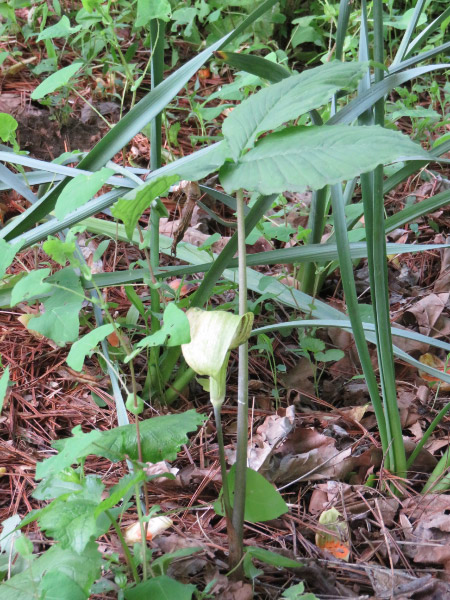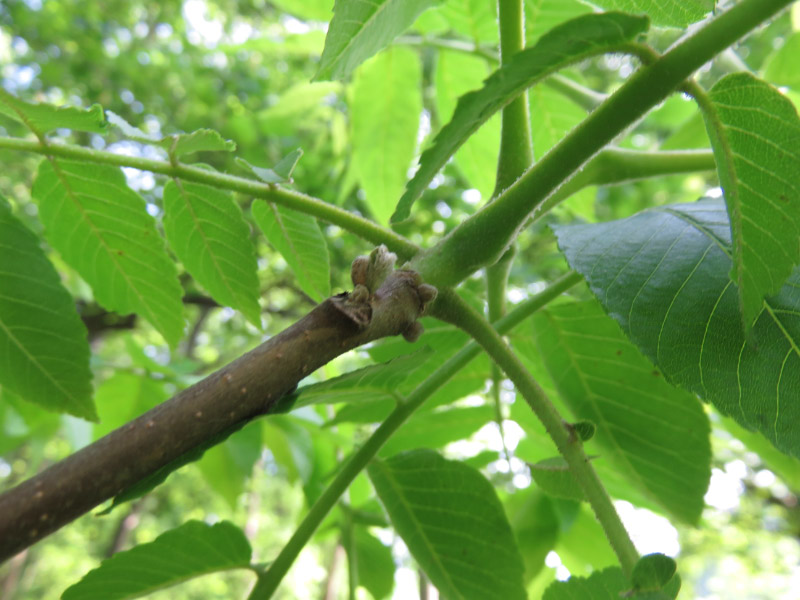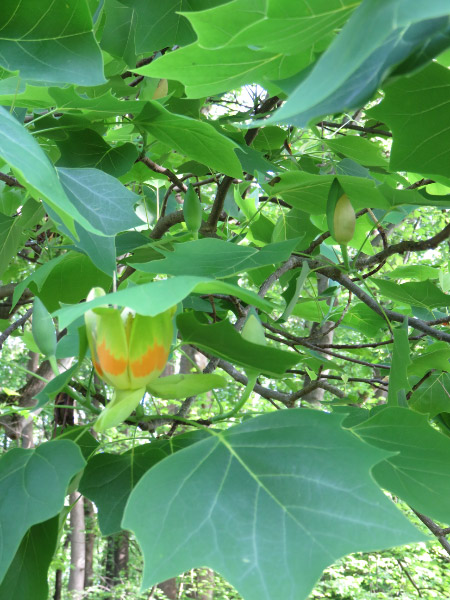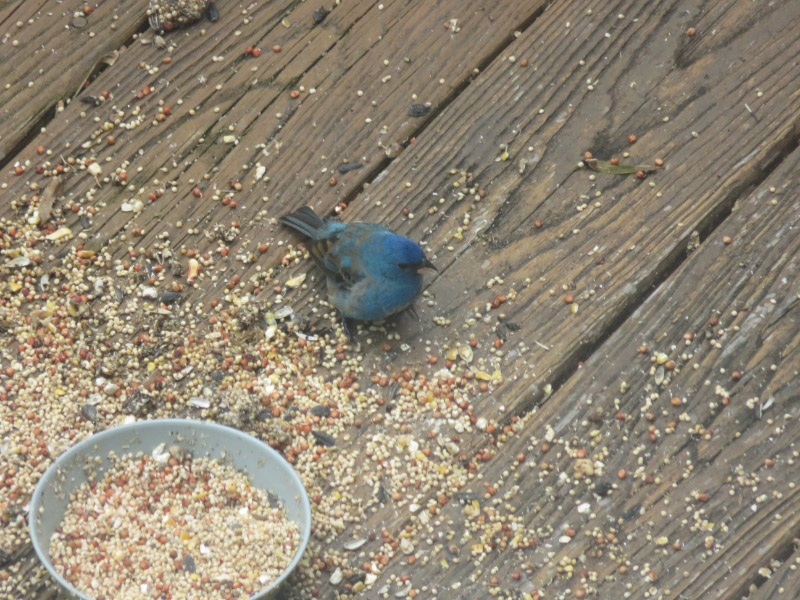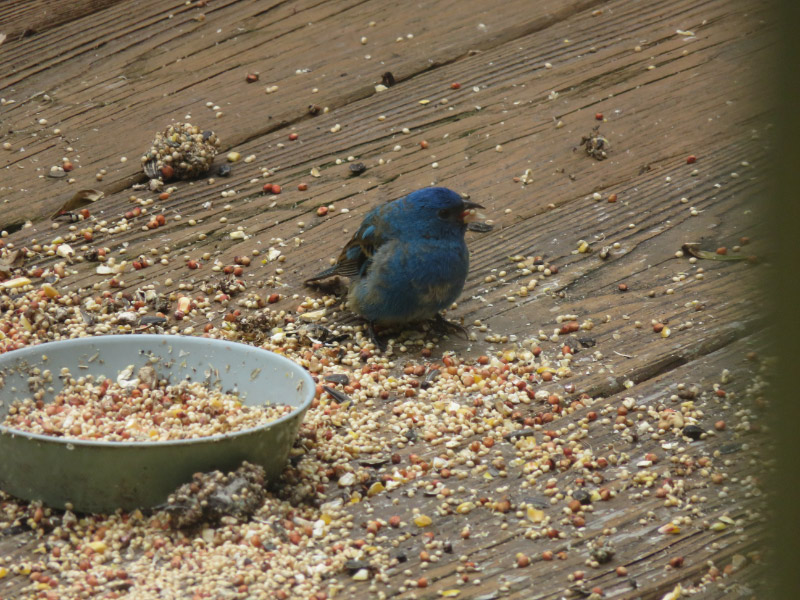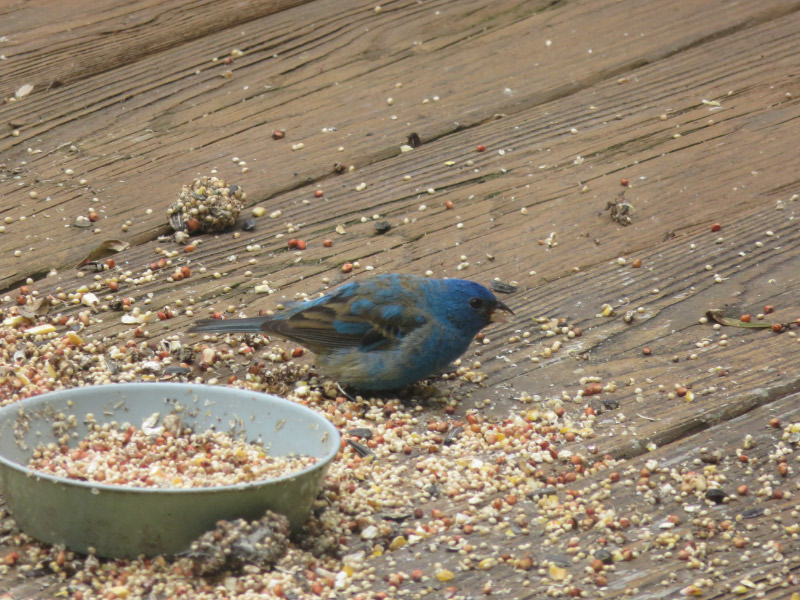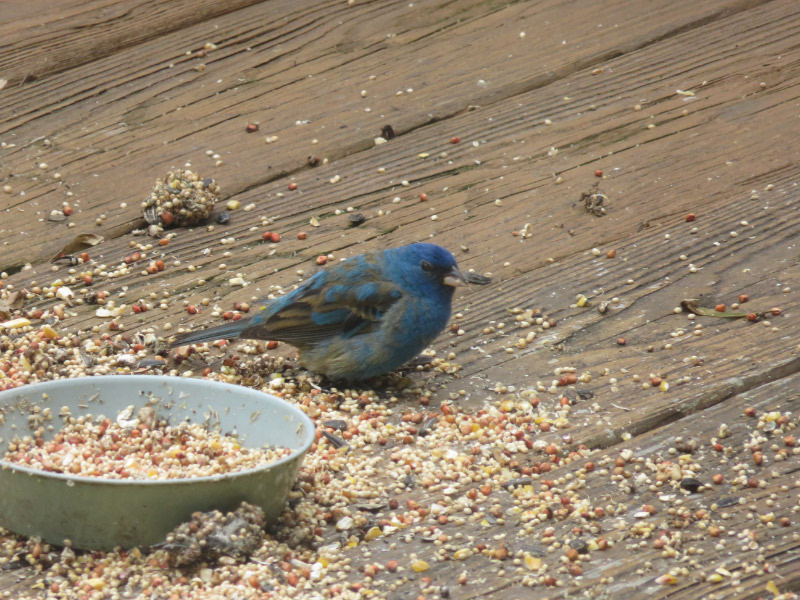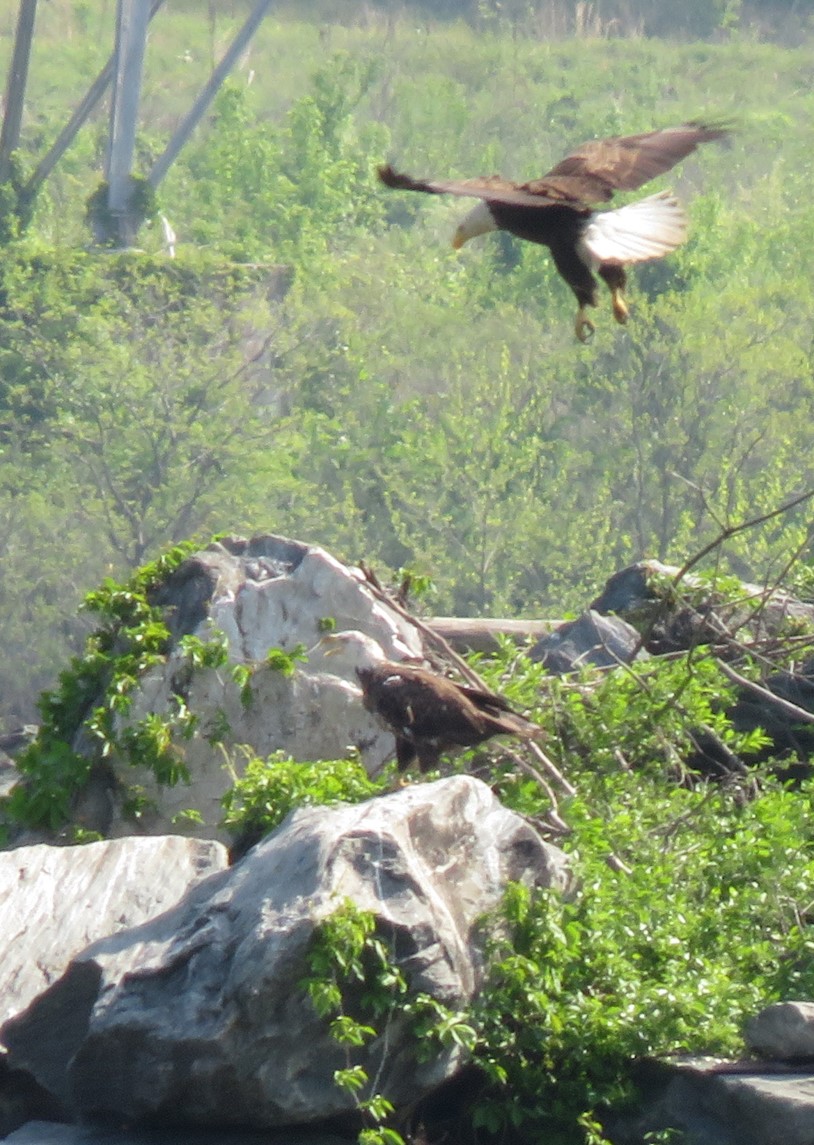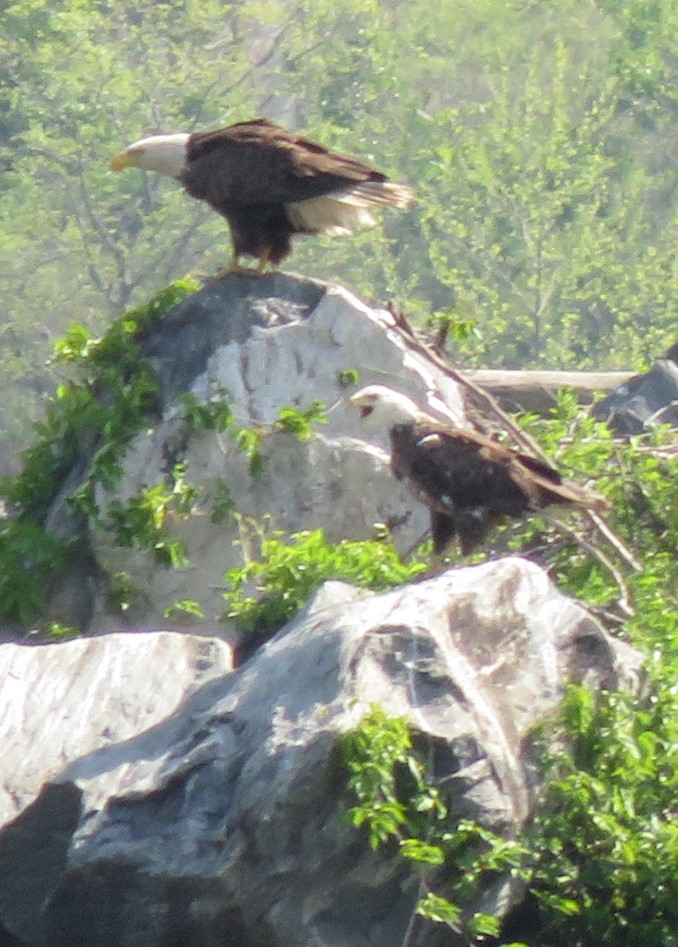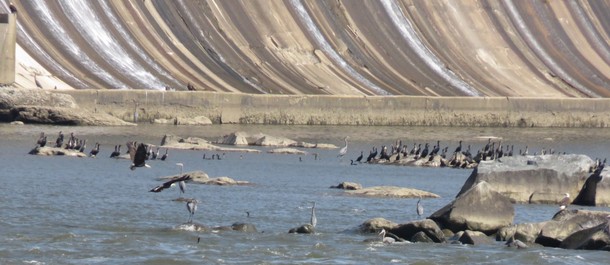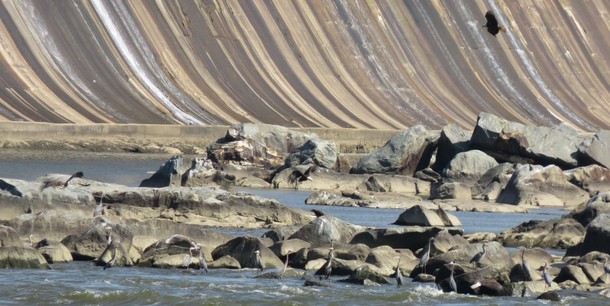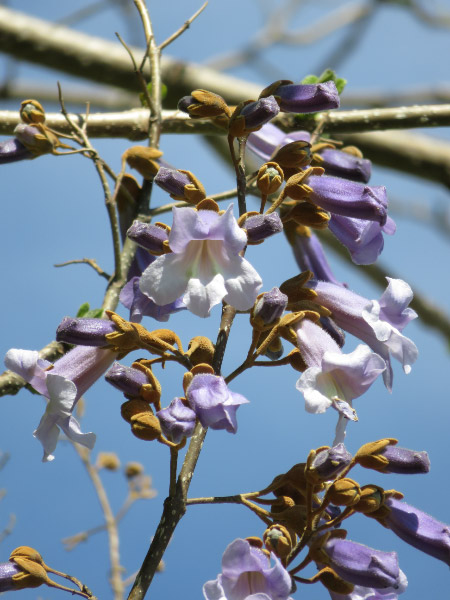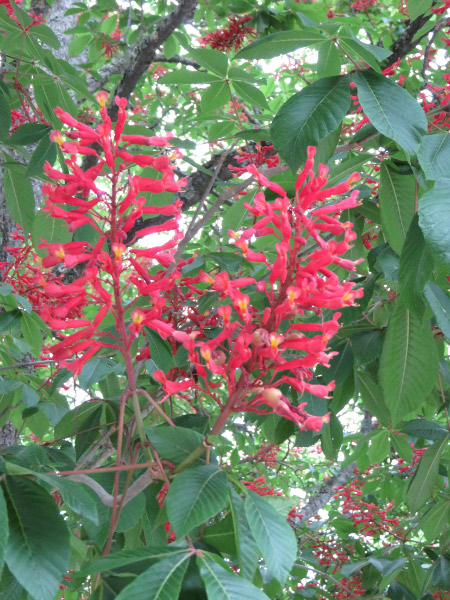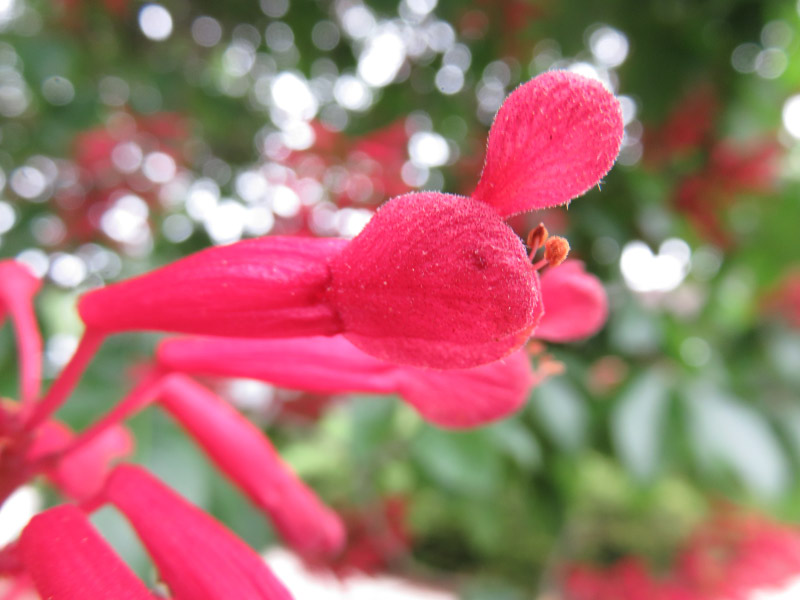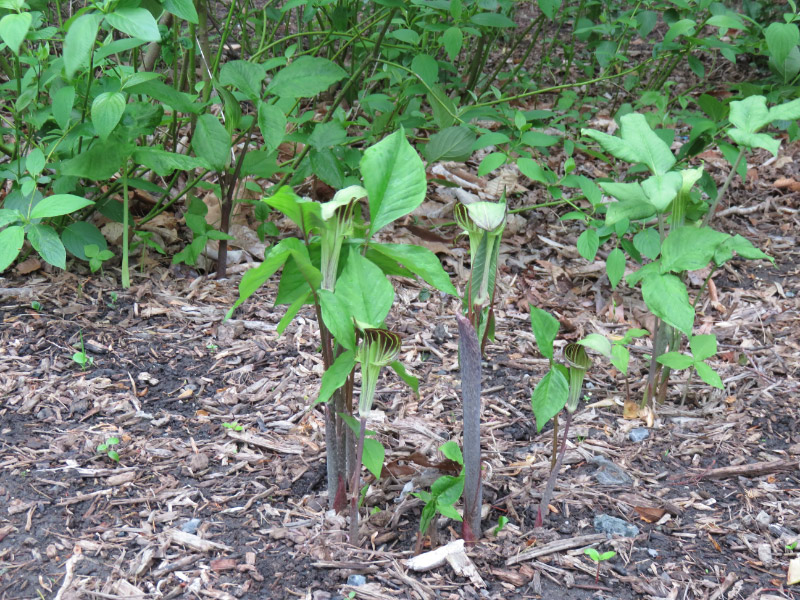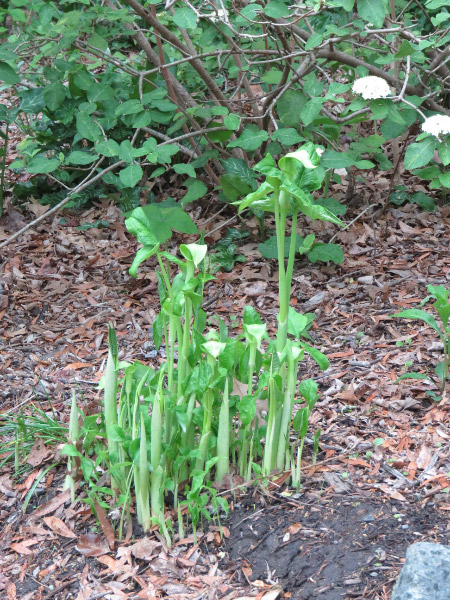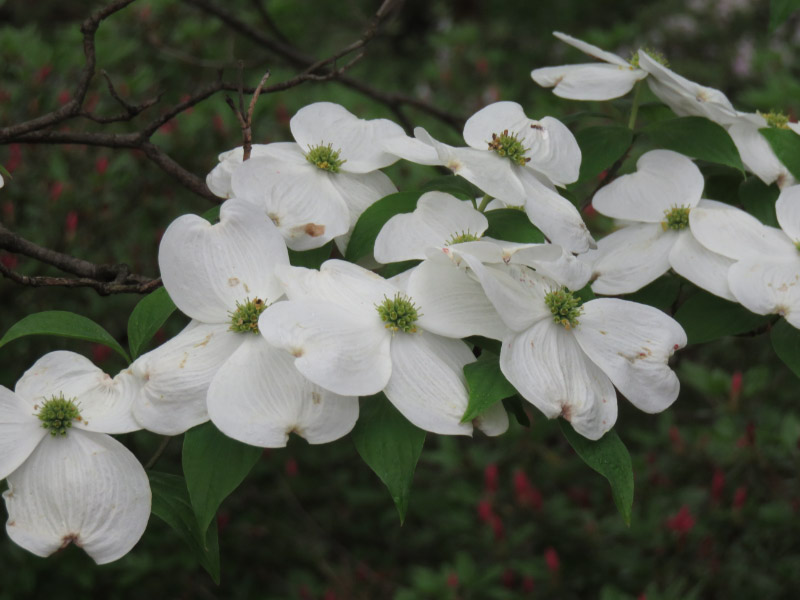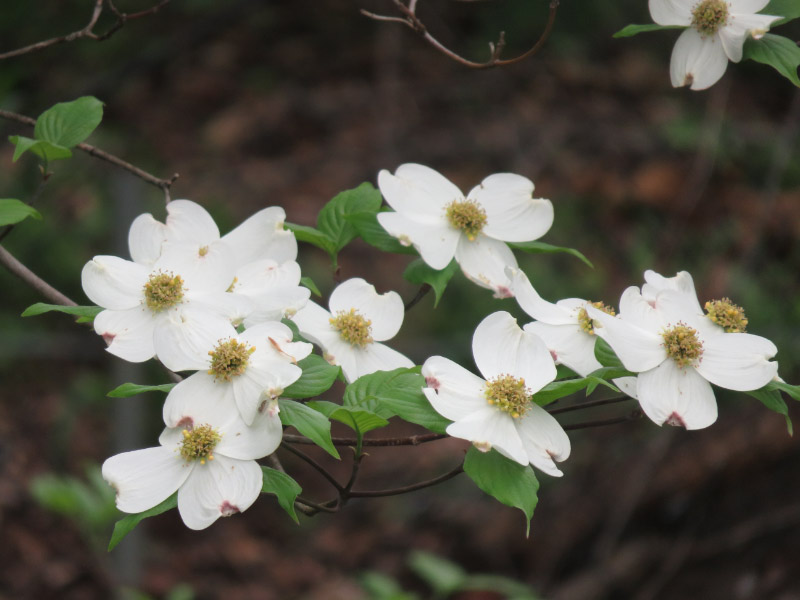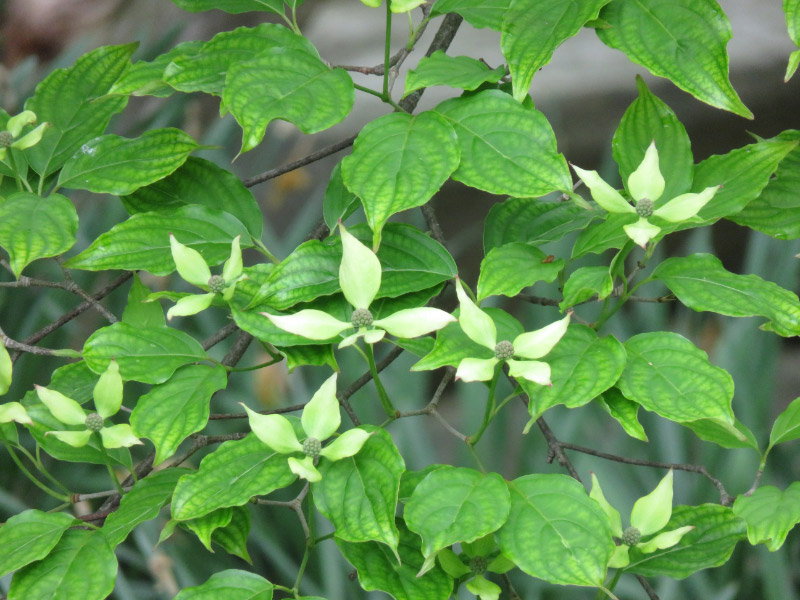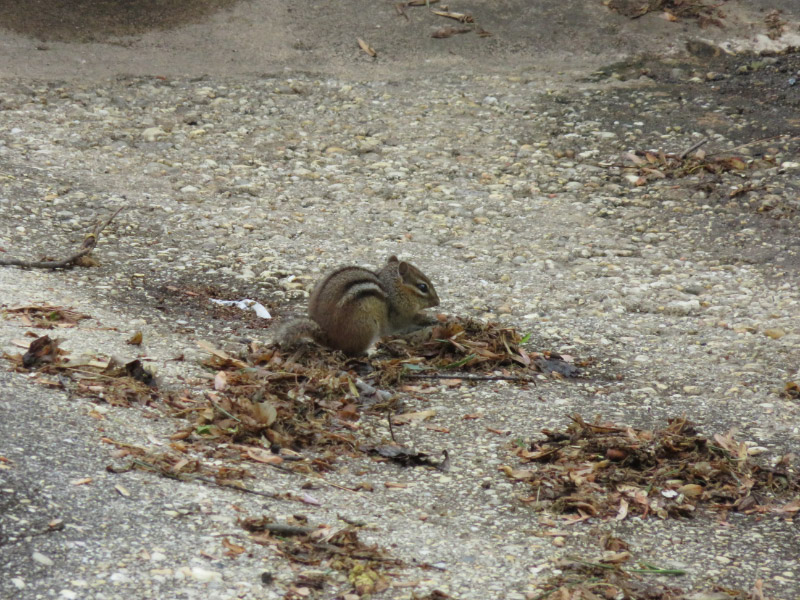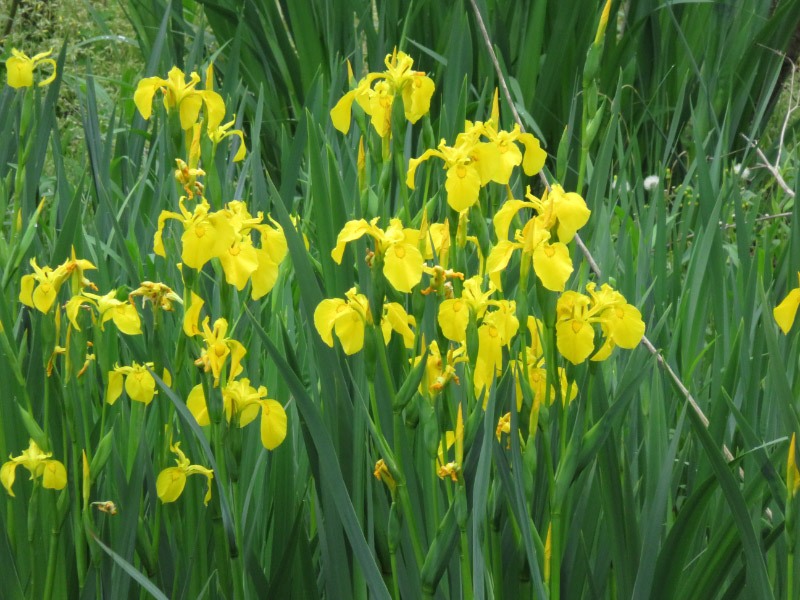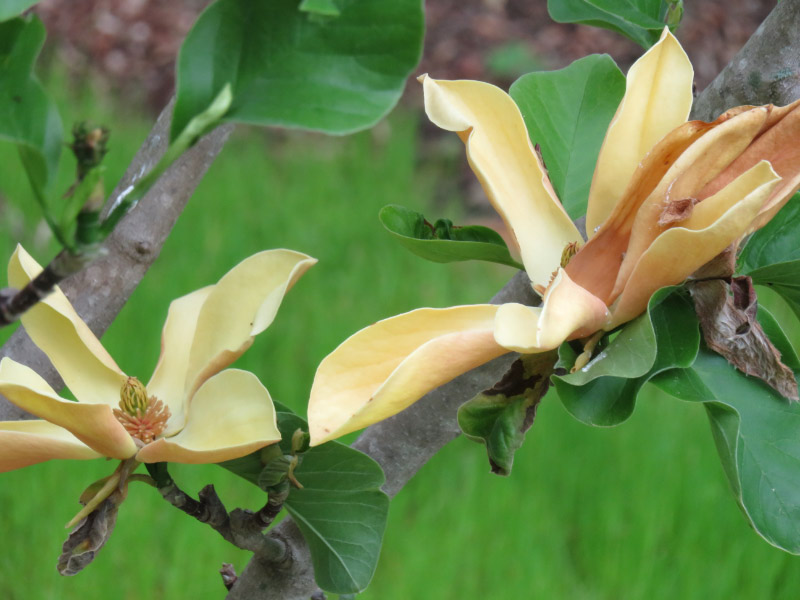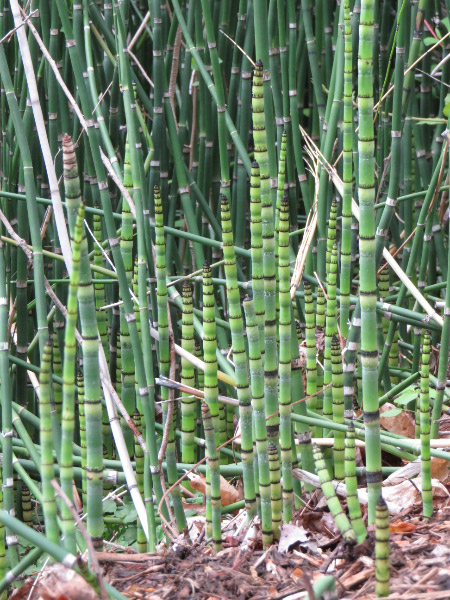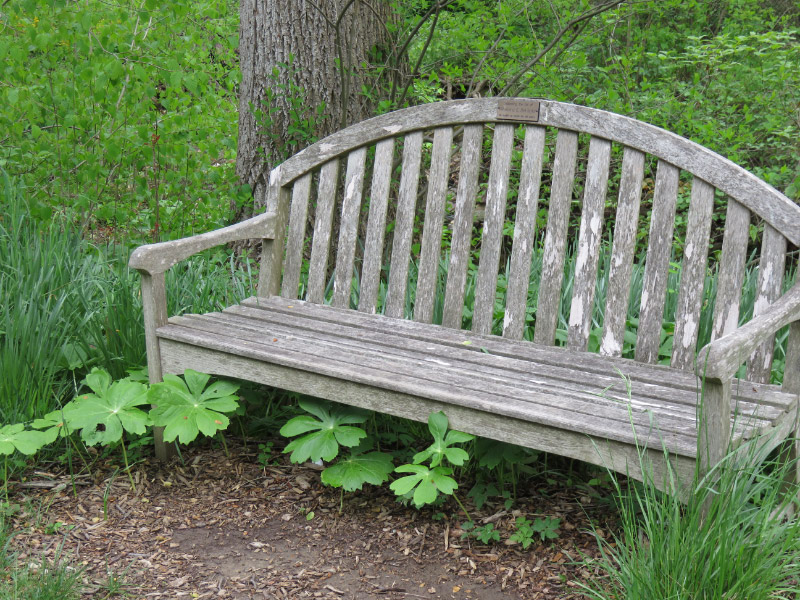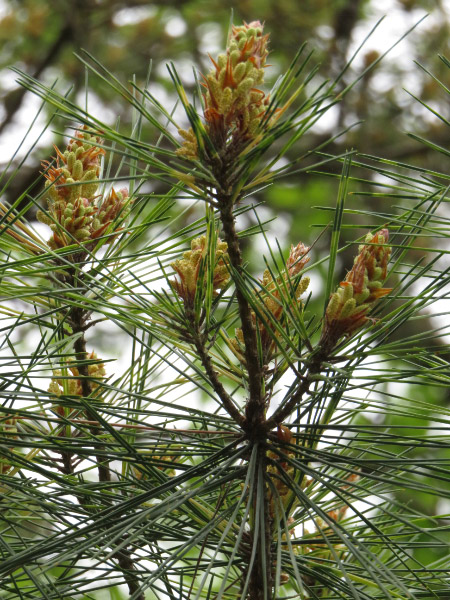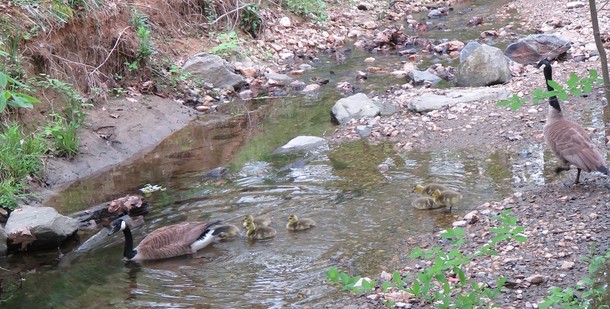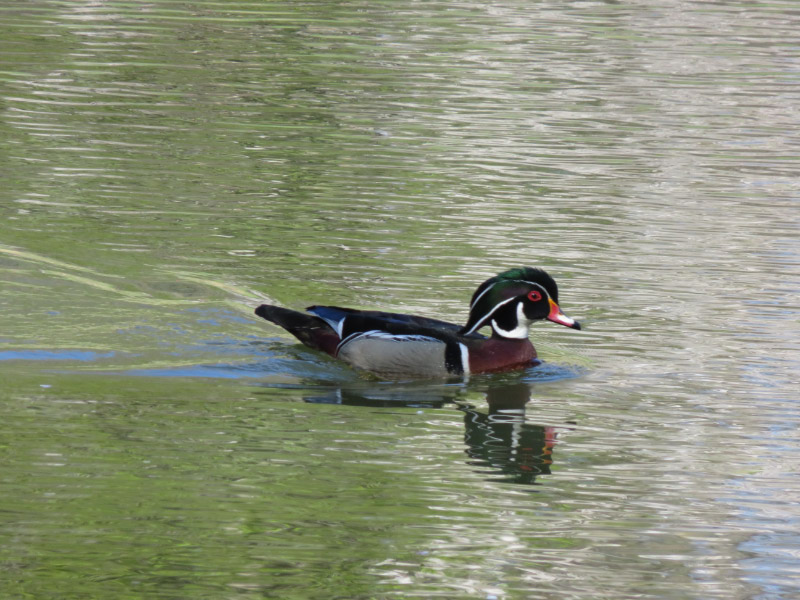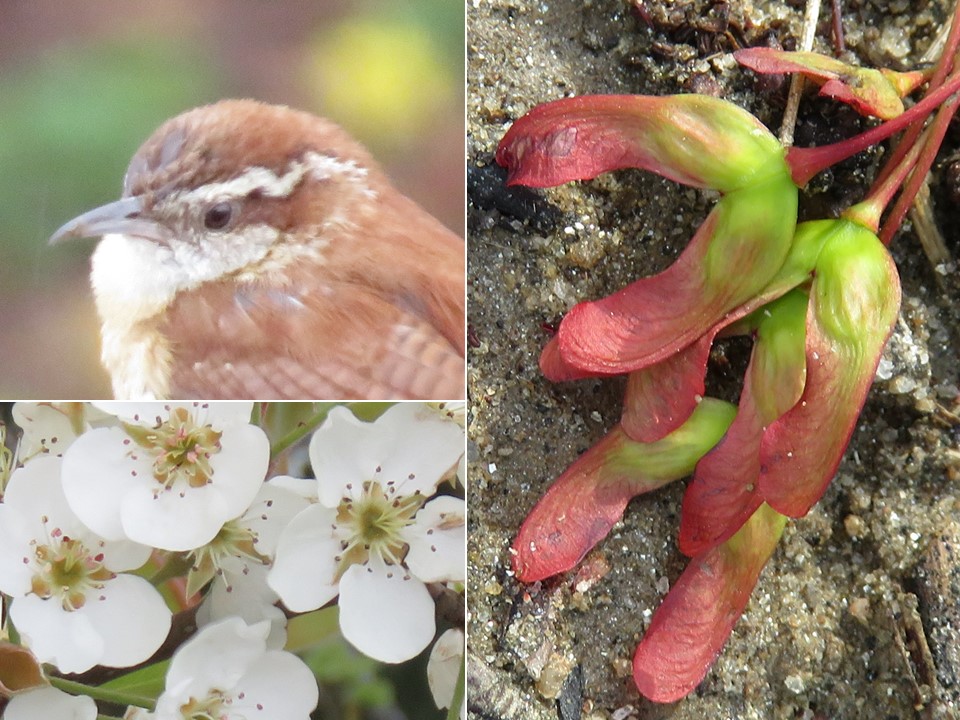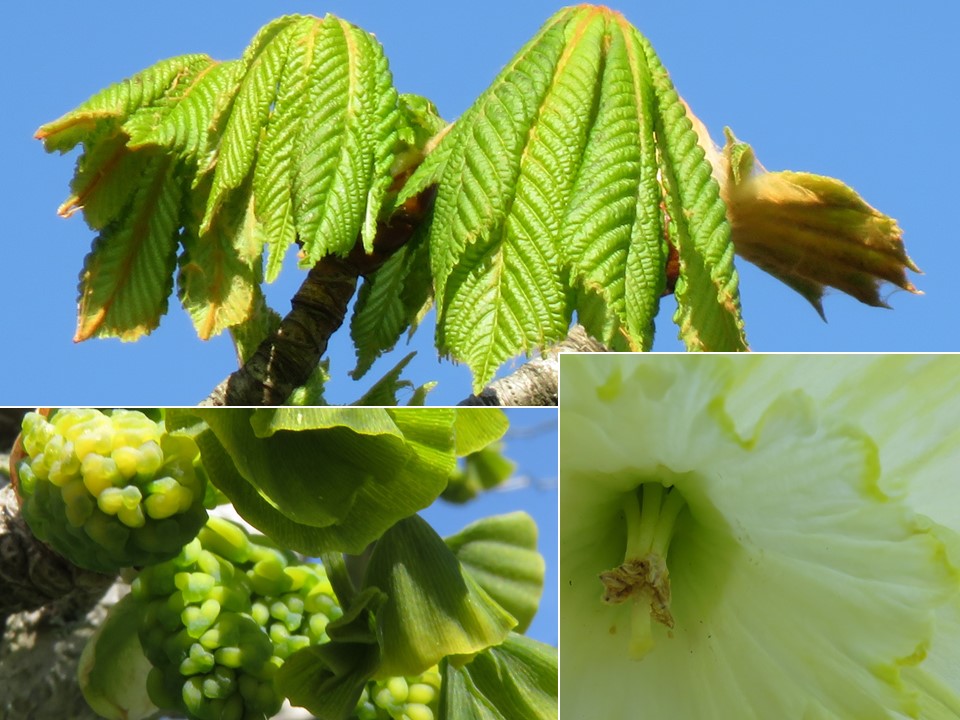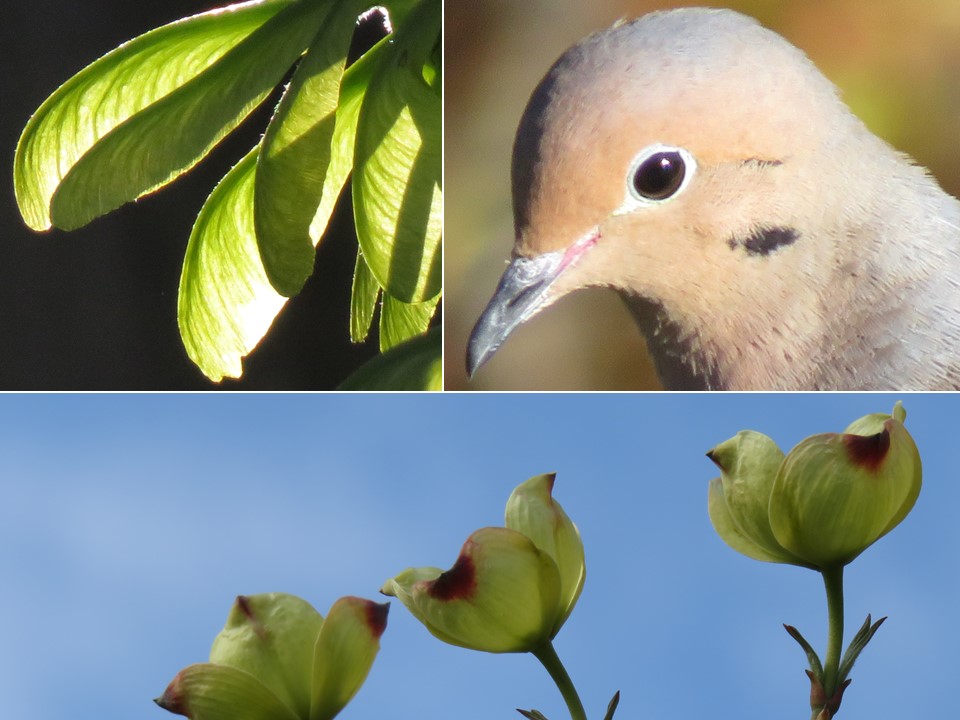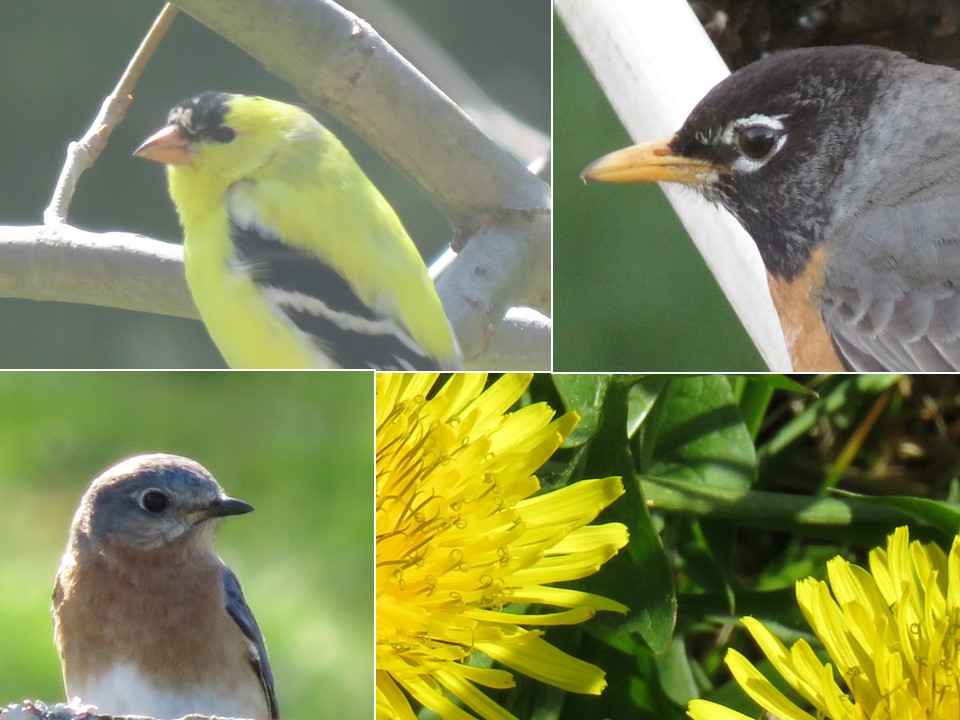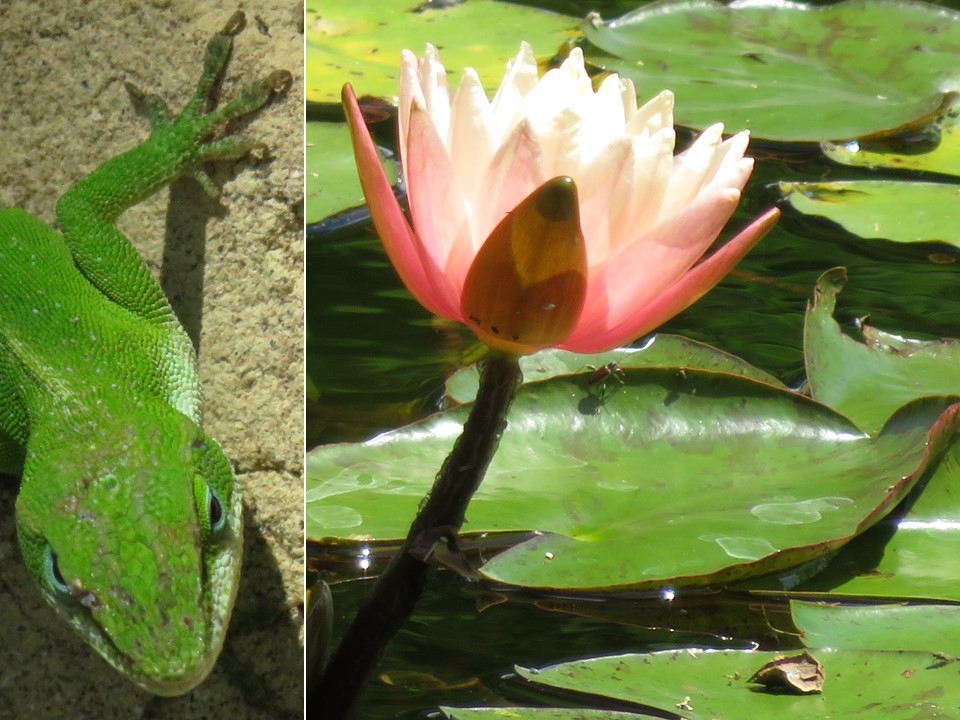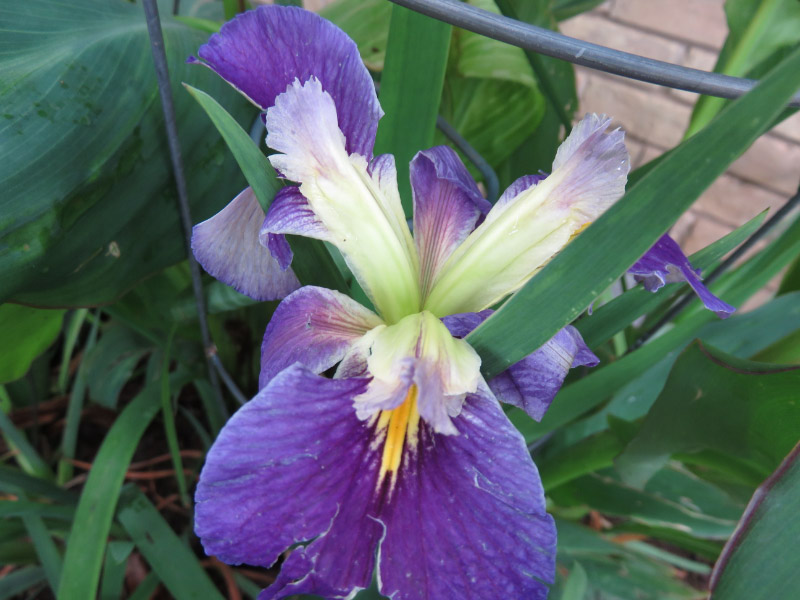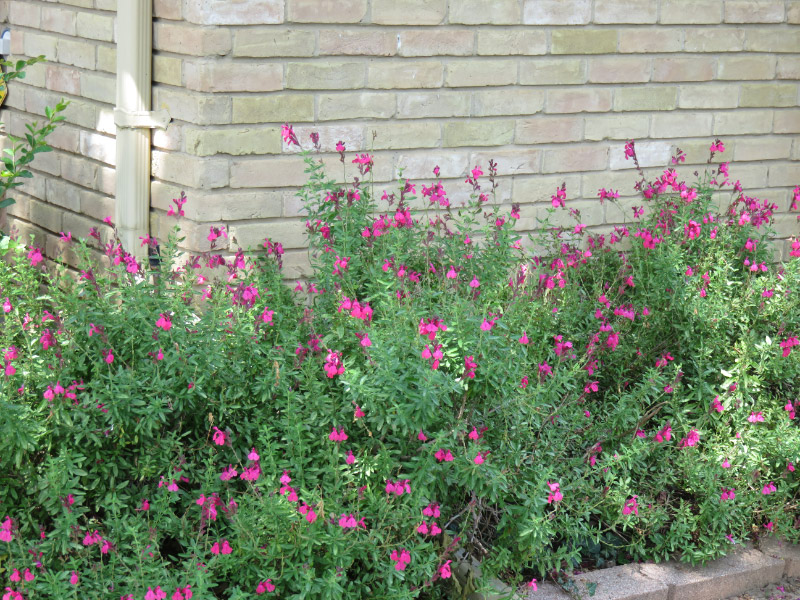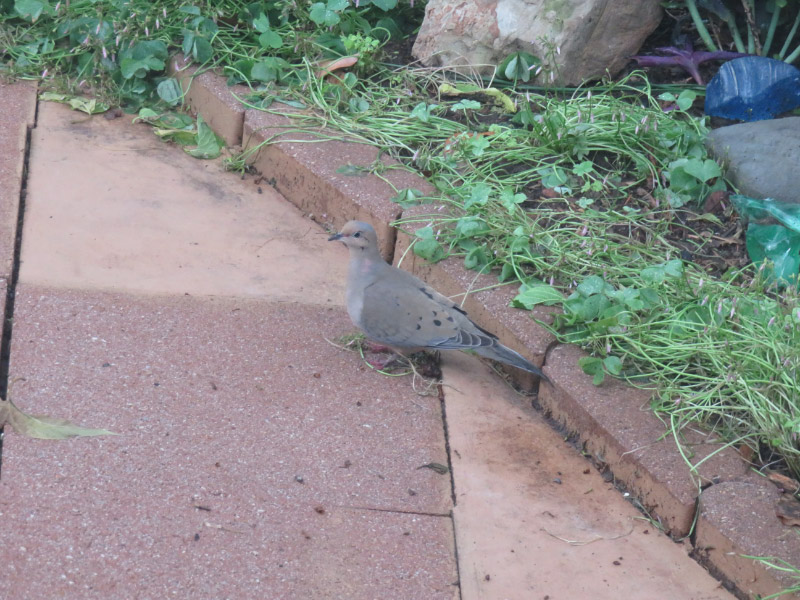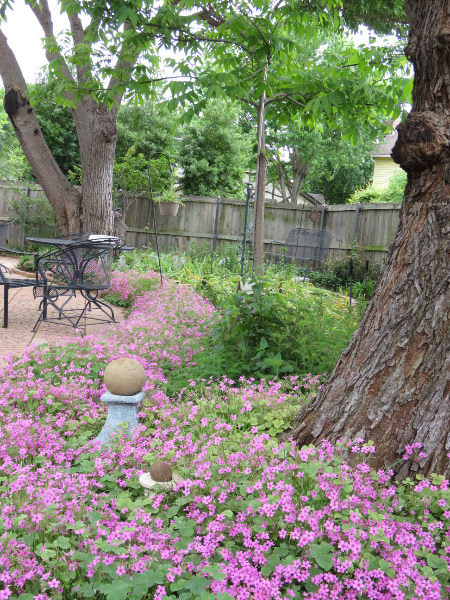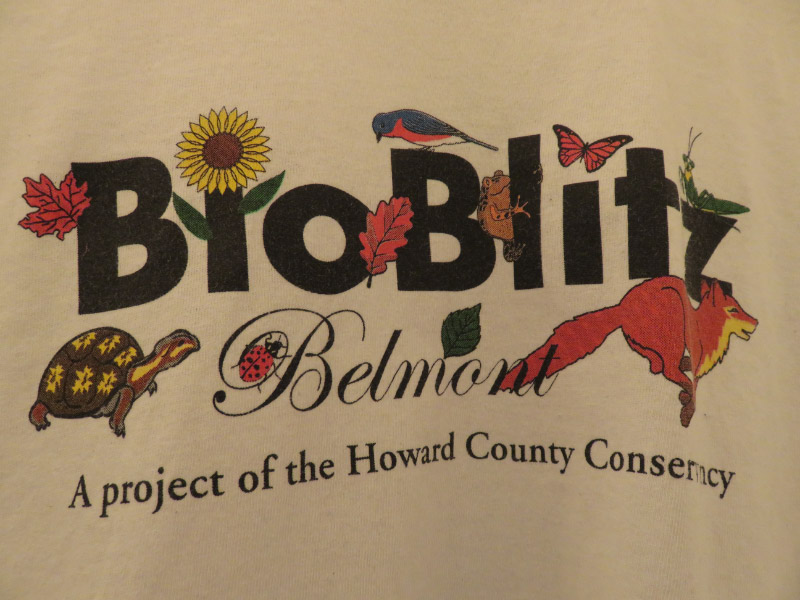
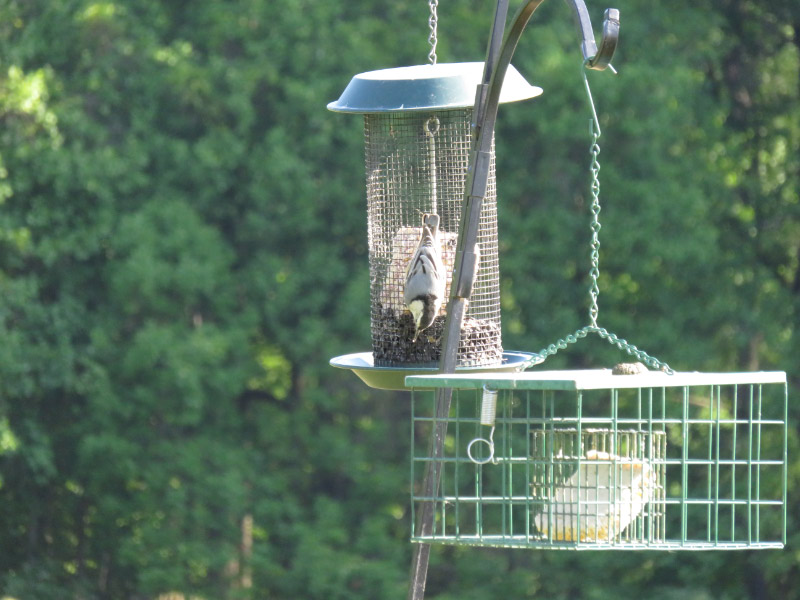 I spent Monday through Thursday of this week at the Belmont Bioblitz. Fifth grade students from 2 elementary schools participated on Monday and Tuesday; on Wednesday and Thursday it was seventh graders from a middle school. The observations the students logged into the iNaturalist app will be used to refine the Belmont Species List; the list originated from previous Bioblitz events at Belmont. All four days started our similarly – the volunteers gathering in the morning to help the staff prepare. It was quiet enough for some birds (like the nuthatch below) to be at the feeders near the nature center; the feeders would get refilled before the students arrived.
I spent Monday through Thursday of this week at the Belmont Bioblitz. Fifth grade students from 2 elementary schools participated on Monday and Tuesday; on Wednesday and Thursday it was seventh graders from a middle school. The observations the students logged into the iNaturalist app will be used to refine the Belmont Species List; the list originated from previous Bioblitz events at Belmont. All four days started our similarly – the volunteers gathering in the morning to help the staff prepare. It was quiet enough for some birds (like the nuthatch below) to be at the feeders near the nature center; the feeders would get refilled before the students arrived.
The volunteers would gather in a long line across the drive from the Manor House where the buses would eventually pull up.
Turning around - the swallows and red-winged black birds swooped over the grasses and down to the pond. The volunteers enjoyed the past bit of calm.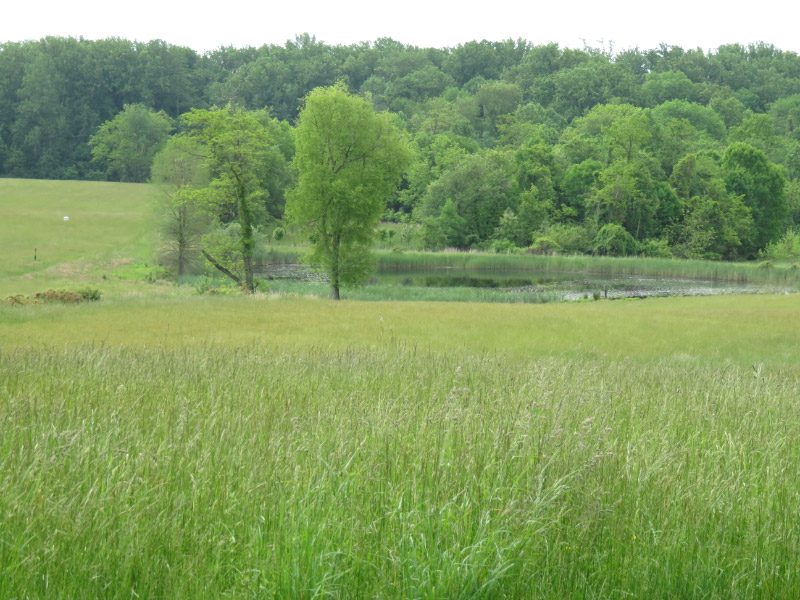
And then the buses arrive – almost hidden by the trees as they first come through the entrance gate.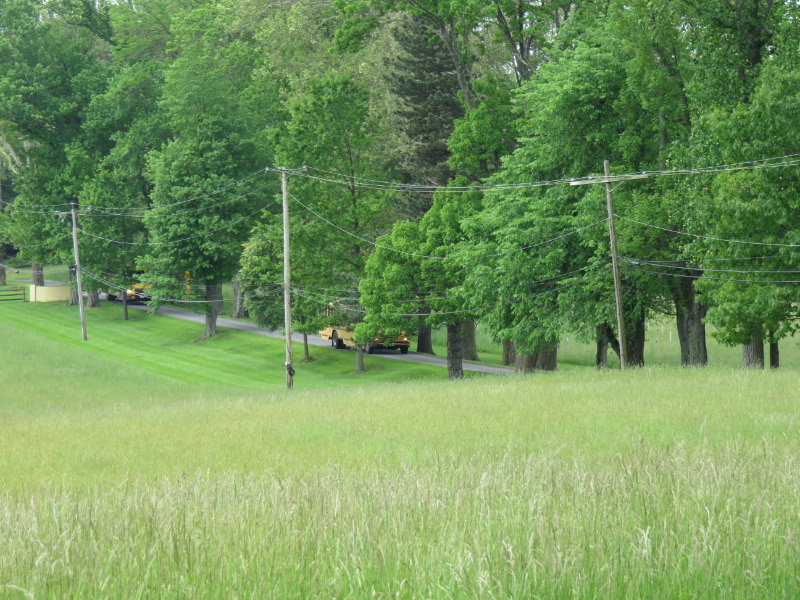
Then more visible as they get closer. The students pour out of the buses and into groups - each with a chaperone (or 2) and 2 volunteers. The volunteers have been assigned zones where their group will focus for the duration of the morning.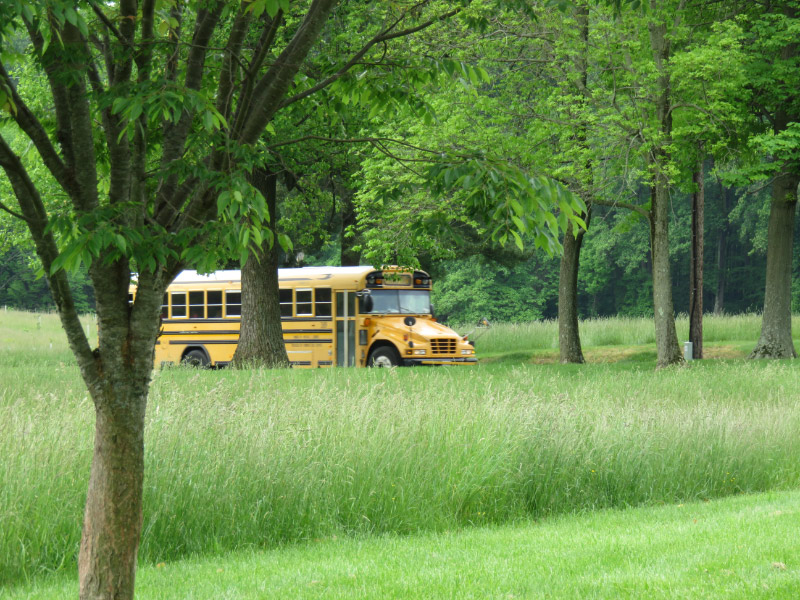
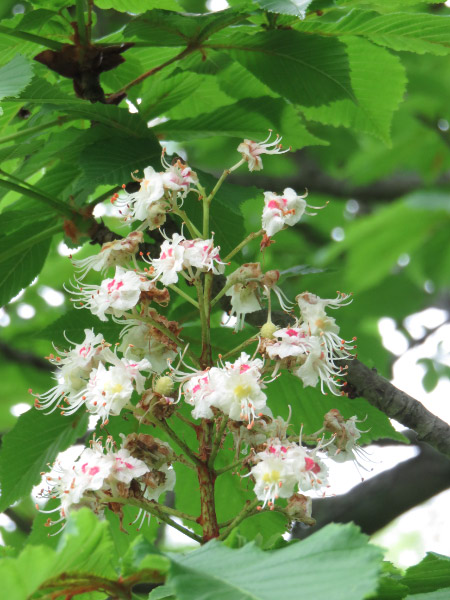 Trees are easy to document although the blooms of the horse chestnut were already fading by Monday.
Trees are easy to document although the blooms of the horse chestnut were already fading by Monday.
The leaves still were distinctive enough to make identification easy.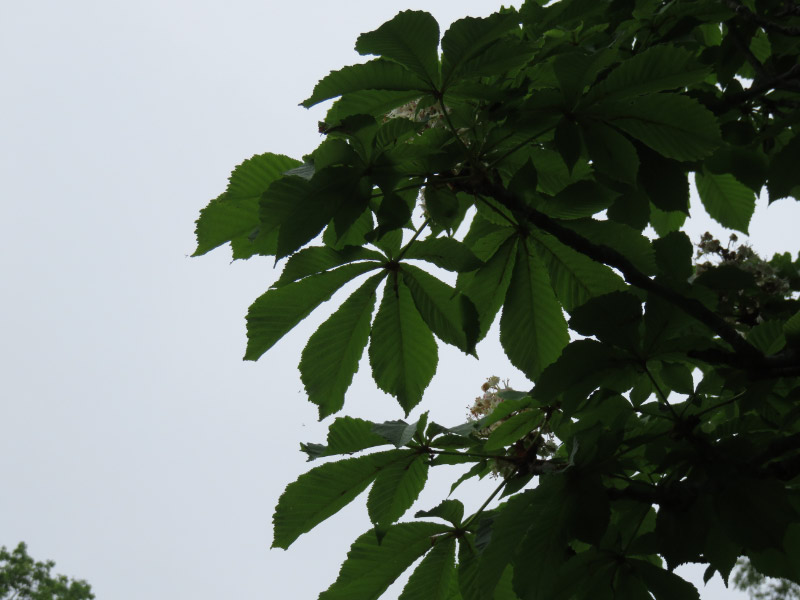
The pecan was a popular entry into iNaturalist – one of the native trees that produces something we eat.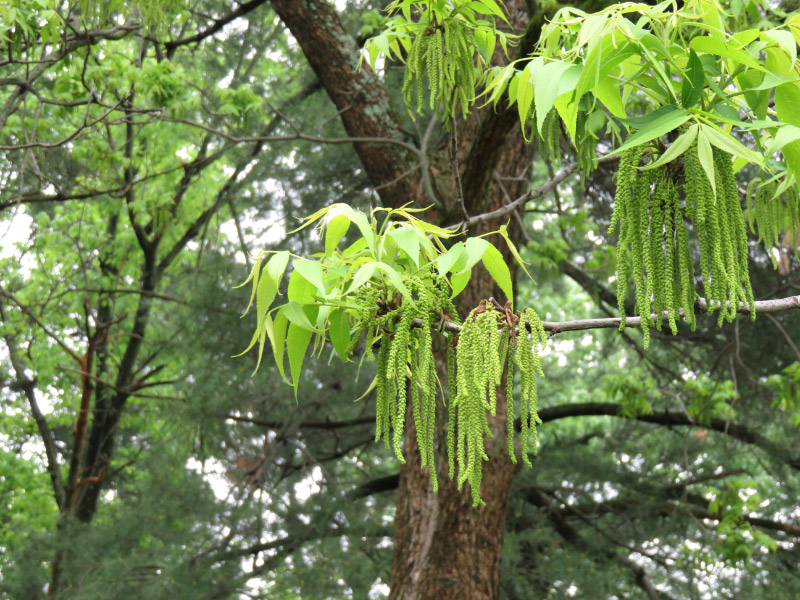
Many students were surprised that there are different kinds of oaks – easy to tell by just looking at their leaves.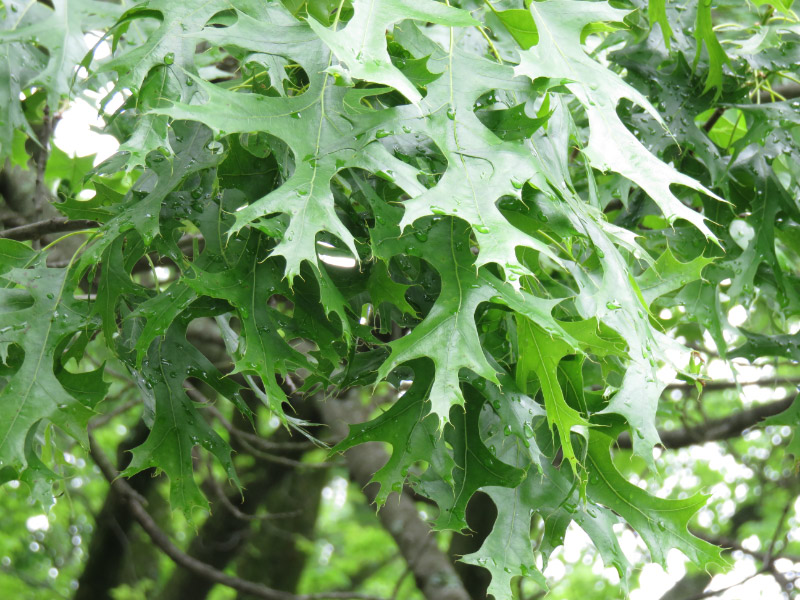
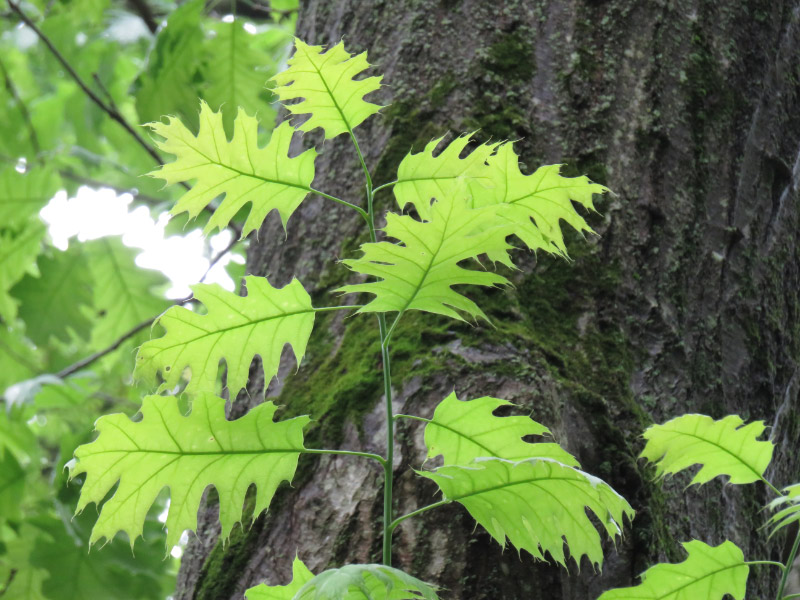
 There were toads hanging out near the pool on the first three days – laying eggs.
There were toads hanging out near the pool on the first three days – laying eggs.
They liked the wells around the pool where the water was shaded by the cover.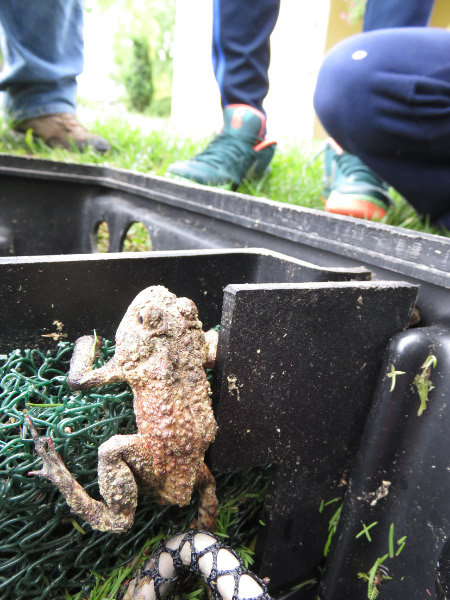
By the fourth day they were mostly gone and we found one further away into the trees and brushy area.
On Tuesday it rained and on Wednesday, the participants found quite a few mushrooms in several areas where the grass is mowed.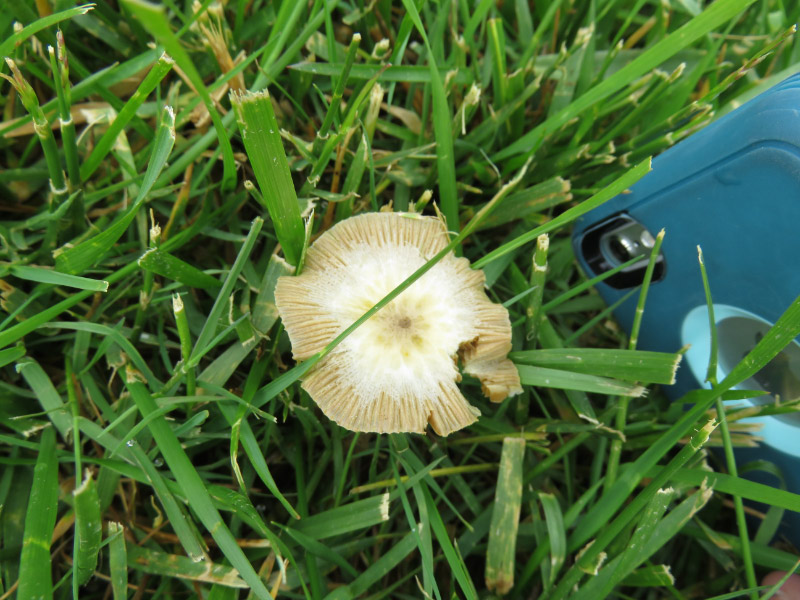
 One the last day – the highlight (for me) was a lacewing one of the students managed to capture. We photographed it in a magnifying box
One the last day – the highlight (for me) was a lacewing one of the students managed to capture. We photographed it in a magnifying box
Then released it….it paused for a few seconds for me to get one last picture.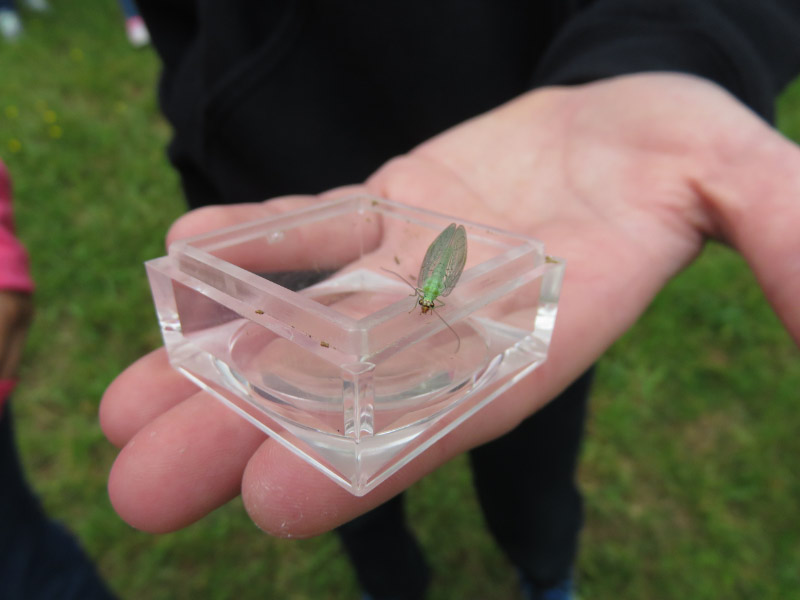
At the end of each day - there is hand washing and then a picnic lunch. On Monday and Thursday, the picnic was on the lawn in front of the Manor House. On Tuesday is raining and the BioBlitz picnic was inside the big tent used for weddings at Belmont. The students sat on the carpet under candeliers. The same location was used for Wednesday too since the lawn was still very soggy.
After lunch - it's time for the students to return to school on their buses...the Belmont Bioblitz field trip is over. But - the collection of pictures and descriptions in iNaturalist has grown each day of the event - quite an accomplishment.
